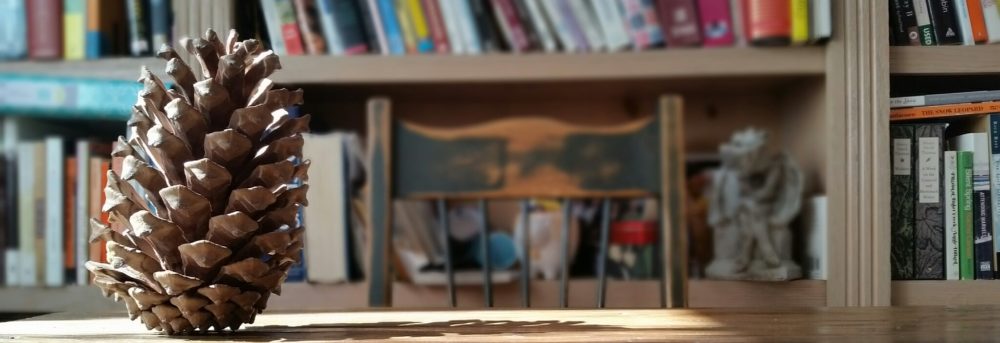What are you going to do with what time you have left?
-Robert Redford
After a week in warm, dry California, I didn’t relish coming home to Santa Fe to find I needed to don my puffy jacket and get out the snow shovel. It was heavy and wet, perfect for making a snowman, but I was too tired by the time the driveway was clear. This morning blue skies have returned; the storm has lumbered off, headed to the Midwest.
It’s Super Bowl Sunday. Since I don’t have much interest in either team and am not a Katy Perry fan, watching the commercials seemed to be the excuse I needed to serve beer and Buffalo wings for dinner. But it turns out you can watch those on YouTube–at least some of them.
This beer commercial has been heating up my Facebook news feed for several days. Wildlife advocacy groups have taken exception to the snarling wolf threatening the puppy and have urged people to sign a petition asking Budweiser not to air the spot (it worked to get the GoDaddy commercial pulled). Late yesterday the New Mexico Cattle Growers weighed in asking folks to let the beer giant know that they supported it. I am focusing, instead, on the recent enthusiasm for “Je suis Charlie.” I don’t like the spot and wolves don’t need more bad press, but if that’s the way Budweiser chooses to sell beer, so be it. I will not be serving Bud Light at my Super Bowl party.
The Sundance Film Festival ends today. Last week “Democracy Now” devoted one of its shows to an interview with Robert Redford, the founder of the festival. He spoke about global warming, the Keystone Pipeline, and politics. In this segment he talks about his new movie “A Walk in the Woods”. Based on Bill Bryson’s 1998 book with the same name it tells the story of two middle-aged guys (played by Redford and Nick Nolte) walking the Appalachian Trail. I remember laughing out loud when I read the book years ago and I look forward to seeing the movie. It’s the East Coast counterpart to Cheryl Strayed’s book, “Wild“, about walking the Pacific Crest Trail–another movie I have yet to see.
And finally, my favorite story of the week. A rare fox has been spotted in Yosemite National Park. Biologists estimate there are only about fifty of the Sierra Nevada red foxes left. This is the first time in one hundred years that one has been documented in Yosemite. Thanks to my friend Lori for sharing this good news story.
Have a good week!












